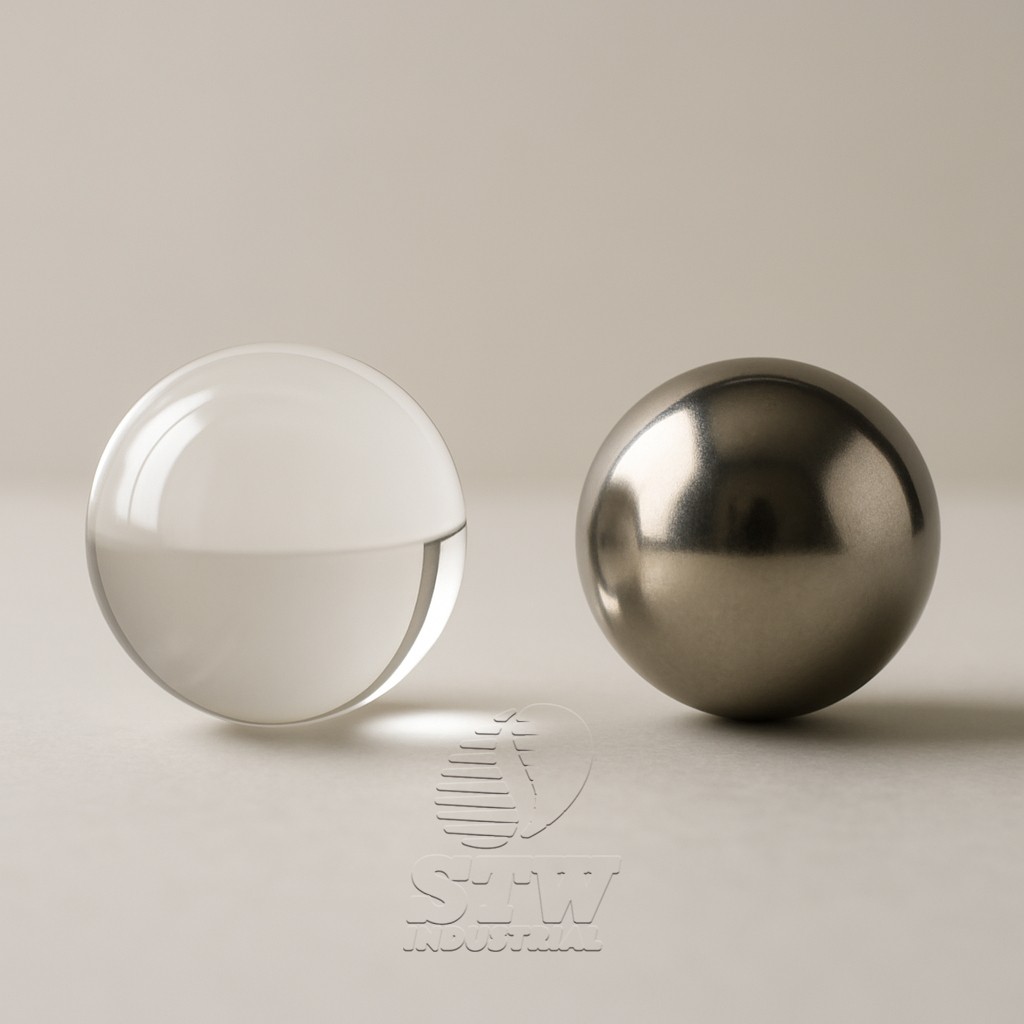
 Home > News
Home > News
In the rapidly evolving field of medical technology, precision, stability, and durability are essential to every component within a device. Among these components, precision balls — though small in size — play a crucial role in ensuring the reliability and accuracy of various medical instruments.
Two of the most widely used types of balls in this industry are stainless steel balls and glass balls. Despite their similar shapes, their properties and applications in medical equipment differ greatly. In this article, we’ll explore their respective advantages and how they serve distinct roles in modern medical applications.
Stainless steel balls are widely recognized for their high mechanical strength, excellent corrosion resistance, and suitability for mass production. Medical-grade stainless steel such as 304 and 316L is often used for components that require both durability and biocompatibility.
High load capacity and wear resistance for long-term performance;
Excellent corrosion resistance, even in contact with saline, blood, and bodily fluids;
Tight tolerances and high consistency, ideal for precision medical devices.
Infusion pumps and syringe systems: for check valves and control mechanisms;
Surgical instruments and scanning table motors: in high-strength miniature bearings;
Implants and artificial joints: where biocompatibility and mechanical reliability are essential.
Glass balls may not offer the strength of metal, but their chemical inertness, insulation properties, and ultra-clean surfaces make them ideal for specific medical environments. Materials like borosilicate, quartz, or soda-lime glass provide excellent dimensional stability and surface finish.
Non-conductive and non-magnetic, suitable for sensitive electronic systems;
Highly chemically inert, preventing contamination in pharmaceutical environments;
Lightweight with low friction, ideal for sensitive flow and optical systems.
IV flow regulators and drug mixing systems: maintain purity in contact with medications;
Analytical lab instruments and optical detectors: support optical components without interference;
Portable medical electronics: serve as insulating components to ensure electrical safety.
Choosing the right ball material is vital for product performance and patient safety. Here's a quick comparison to guide material selection:
| Evaluation Criteria | Stainless Steel Ball | Glass Ball |
|---|---|---|
| Mechanical Strength | Excellent for high-load environments | Suitable for low-load, static systems |
| Chemical Stability | Resistant to weak acids and fluids | Highly inert, ideal for drug contact |
| Electrical Properties | Conductive (needs isolation in electronics) | Fully insulating, safe for electronics |
Whether it's the strength and durability of stainless steel balls or the chemical purity of glass balls, both are vital to the functionality of medical devices. As a professional manufacturer and supplier of precision balls, we offer a full range of materials and sizes to meet the highest standards of the medical industry.
Contact us today to discover how our precision balls can enhance your medical equipment.
View More(Total0)Comment Lists